At a Egg cell it is the nucleus of the woman. It enables her to become pregnant and have offspring. The egg cell plays an important role in the transmission of genetic principles. Thus, reproduction is not possible without the existence of egg cells.
What is an egg cell?

ova arise from primordial germ cells. While cells are usually diploid, egg cells have a haploid set of chromosomes. This means that each chromosome is only present once in an egg cell. Each egg cell has 23 chromosomes, 22 of which are autosomes and one gonosome, which determines the sex of the child. The haploid chromosome set results from the fact that every sperm also has 23 chromosomes and the egg cell and sperm cell become a diploid cell when they combine.
The egg cells grow in the ovary. This requires a process called oogenesis. In a double cell division (meiosis and mitosis), the diploid cell set is halved. The second meiosis is only completed in the event of fertilization. The two divisions thus result in a total of four cells. Of these, two cells, the polar bodies, have no function.
Anatomy & structure
The woman's egg measures an approximate size of 120-150 μm. Thus they are the largest cells that occur in nature and can be seen with the naked eye. It is surrounded by a layer, the so-called envelope layer.
This plays a crucial role in fertilization in particular. It has specific proteins that enable it to attach the sperm to itself. Only in this way can fertilization occur at all. The perivitellin space is located between the envelope layer and the cell membrane. If the sperm has been able to penetrate the envelope, it initially stays in this layer for a short period of time.
In addition, polar bodies can be found in the space between the egg cell. These contain DNA material that is no longer required. The ooplasm and the cell nucleus lie behind the cell membrane. All of the DNA is in the nucleus. In the case of fertilization, the diploid cell has already become a haploid during the two maturity divisions. Thus, the DNA on the part of the egg cell consists of only 23 chromosomes.
Another part of the egg consists of vesicles. These resemble small vesicles and contain albumin and fat, among other things. During fertilization, these substances provide nutrition for the cell.
Function & tasks
From birth, a large number of egg cells are stored in the woman's ovaries. While it used to be assumed that girls already had all the egg cells as soon as they were born, it has now been proven that they produce divisible stem cells in the further course of their lives.
As soon as women are fertile, which happens during puberty, one of the egg cells matures about every four weeks. This norm is subject to the fluctuations of the individual cycle. The first division produces a primary oocyte, the second meiosis the secondary oocyte.
Towards the end of this process, it leaves the ovary and enters the fallopian tube. This process is also called ovulation and is regulated by hormones. Under certain circumstances, fertilization occurs in this state, as a result of which the haploid chromosome set doubles and is again able to divide.
In such a case, the egg embeds itself in the tissue of the uterus. If fertilization does not occur, the body does not need the mucous membrane that has built up and rejects it with the egg cell. From this follows the monthly menstruation.
The egg cell's job is therefore to reproduce. Without their existence it would not be possible to produce offspring. Through natural or artificial fertilization, the egg cell and sperm fuse together. After fertilization, the fetus emerges from the united germ cells.
Illnesses & ailments

During the production of egg cells and during the course of the cycle, hormonal conditions are decisive. This can lead to mechanical and hormonal complaints and complications. One of them is an ectopic pregnancy.
After fertilization, the diploid egg normally migrates to the uterus. This process takes about three to five days. If the process has been successfully completed, the egg cell is able to implant itself in the uterus, creating optimal conditions for pregnancy.
However, it can also happen that the egg does not manage to cross the fallopian tube to reach the uterus. This is the case, for example, if the fallopian tubes are stuck together. When this happens, the child grows in the mucous membrane of the fallopian tube, resulting in an ectopic pregnancy.
Problematically, the embryo cannot be supplied with the nutrients it needs in this region. If the ectopic pregnancy is detected, an abortion often occurs. If this is not done, severe internal bleeding due to the rupture of the fallopian tubes cannot be ruled out.
If a woman wants to become pregnant, the possible failure to become pregnant can also be caused by the egg cells. In addition to stress, obesity and increased alcohol consumption, other complaints can also be present. One of these is polycystic ovary syndrome.
As a result of this disease, there are often strong cycle fluctuations. Due to hormonal events, ovulation occurs very rarely or not at all. Instead, the egg cells are stored in the uterus in the form of cysts.
You can find your medication here
➔ Medicines for menstrual cramps

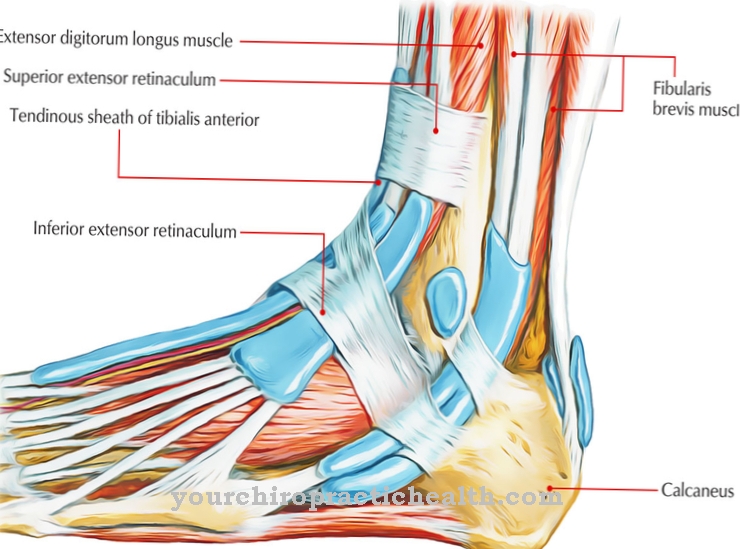

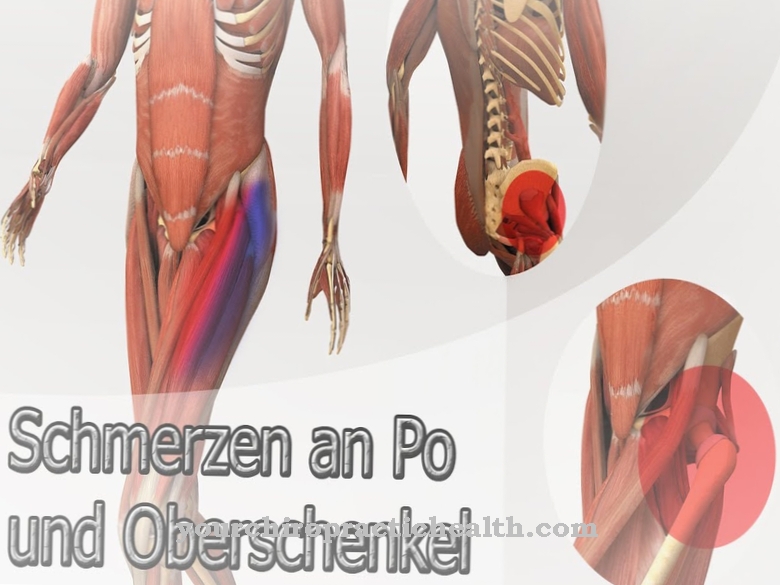
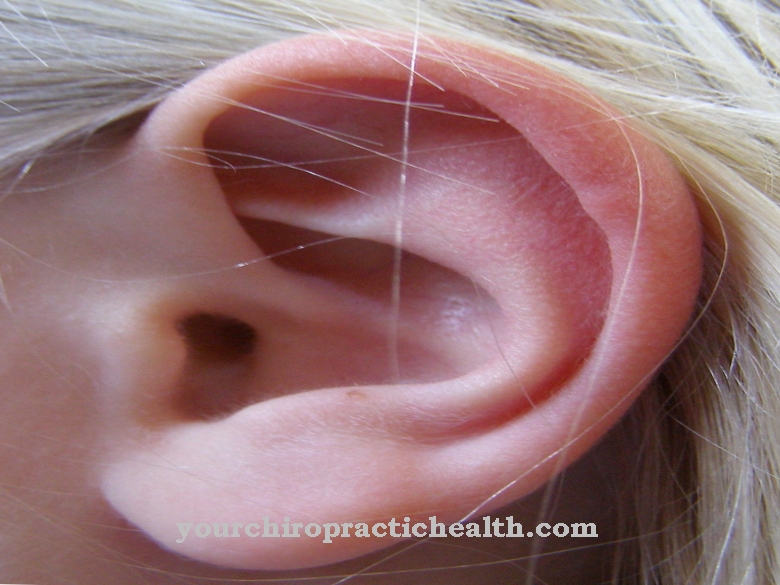
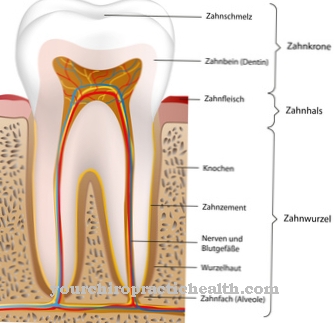
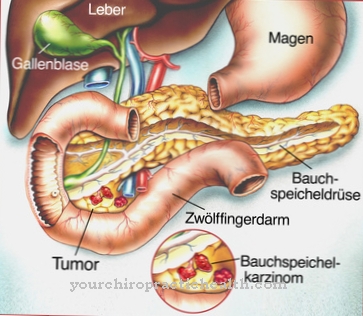






.jpg)

.jpg)
.jpg)











.jpg)